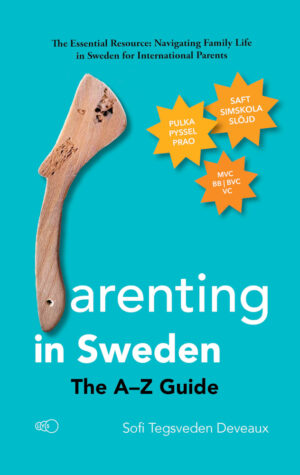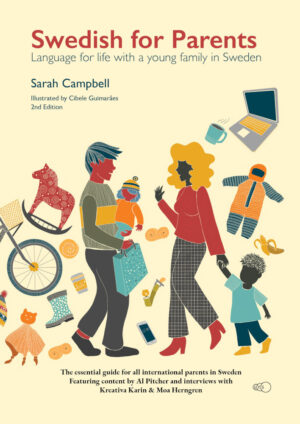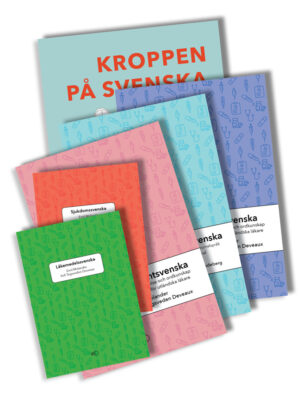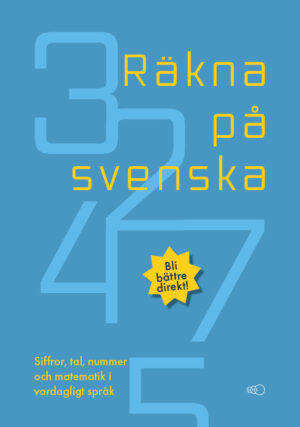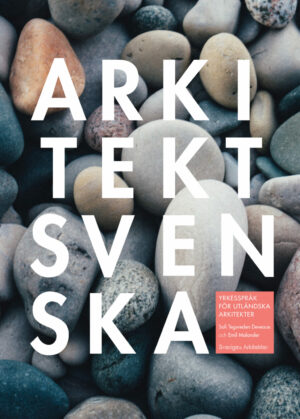Anywhere you go in this world, there will be certain, but sometimes unwritten, rules about how to deal with the last bits of food you are served. In some countries, you should always leave a bit of food on the plate, to communicate that you are satisfied. In other cultures, it’s politer to finish everything, which is interpreted as you enjoying your meal. This applies in Sweden, too. However, communal serving plates and bowls should never be left completely empty, and by that you manage to signal both that the food was great and that there was enough for everyone. This also reflects the custom of each guest serving themselves, instead of the host/hostess serving their guests.
At work places and parties, an interesting phenomenon stemming from this practice is that no one dares to take the last piece. As the remaining cake (or sandwich cake) gets increasingly smaller, people helps themselves to even smaller pieces, but no one dares to take the last piece.
D’amour D Nordkvists writes about Swedish cake practice is his book My Father Never Walked on Water:
“During this period, my 31st birthday came up, and the family made me a big cake. I had never celebrated any birthday with cake before. In my family, we had never prioritised birthdays, and we didn’t even know when my parents were born. They never talked about it and we never asked — it was a common thing in our village that hardly anyone celebrated birthdays.
Jennifer and her mother made a gräddtårta, a ‘cream cake’, with cream and strawberries topped with jam and custard filling. There were four of us, and I cut the cake into four big pieces and served everyone. I could tell by Thomas’ face that he was surprised, and that he was forcing himself to eat it. A year after, it came up again, and I was told people preferred to help themselves, and every person decides for themselves what to eat. Even now when we meet Jennifer’s family, they always bring up that story and we all laugh about it.”
Can’t keep track of this?: download this free pdf guide as reference!



